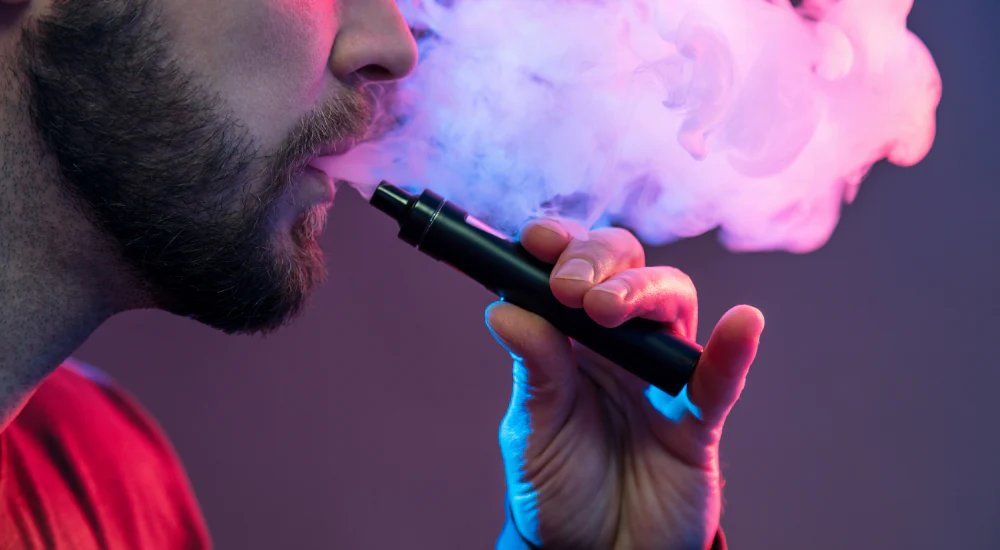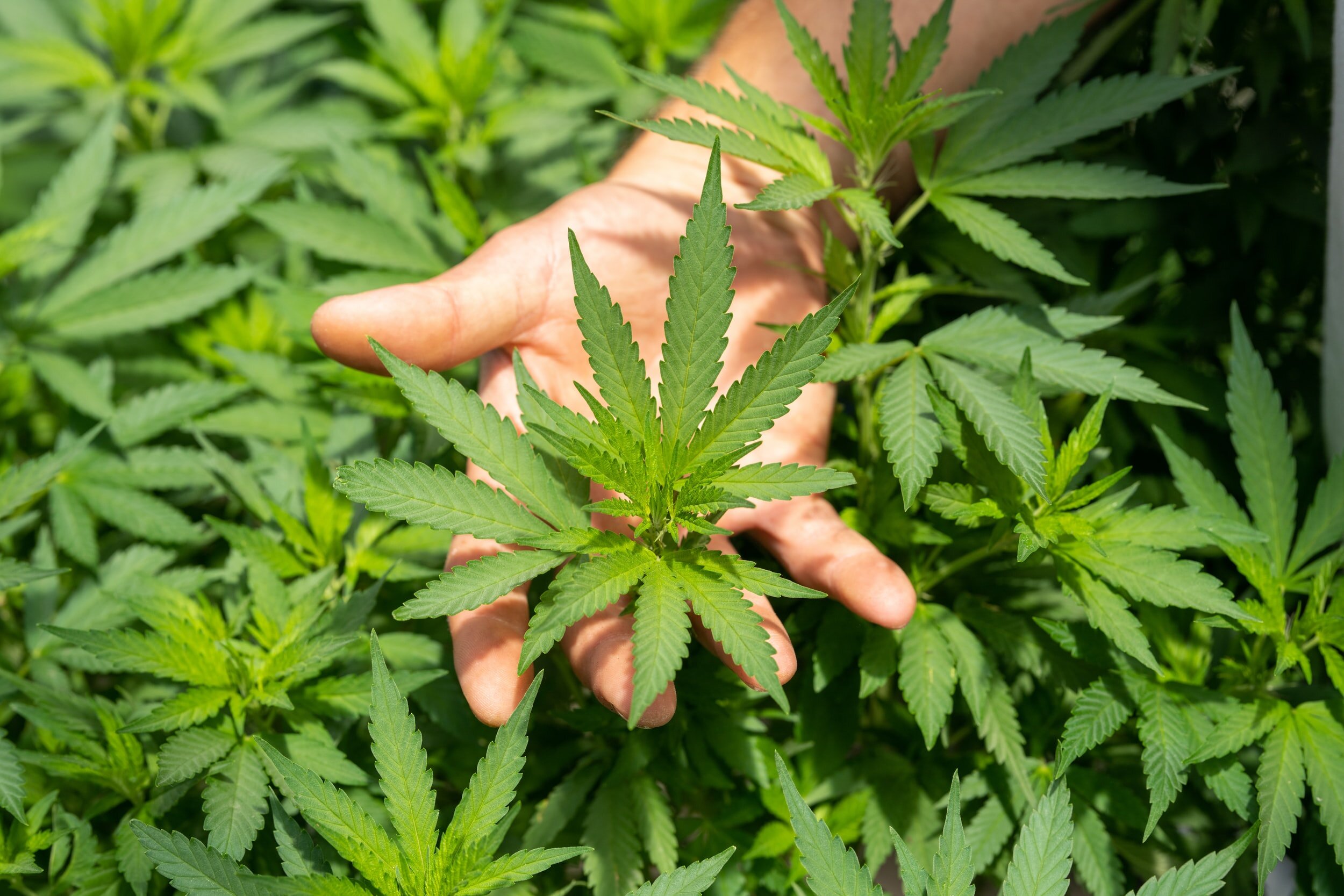Cannabis vaporizers have gained significant popularity in recent years, offering a healthier and more efficient method of cannabis consumption. But have you ever wondered about the science behind these devices? Understanding how cannabis vaporizers work can provide valuable insights into why they are becoming the go-to choice for many cannabis enthusiasts. Let’s delve into the science behind cannabis vaporizers and how they transform the herb into clouds of vapor.
- Vaporization Process At the heart of every cannabis vaporizer lies the process of vaporization. Vaporization is the conversion of a substance from its solid or liquid state into a gas or vapor. In the case of cannabis, vaporization volcano water pipe adapter occurs when heat is applied to the plant material or concentrates, causing the cannabinoids and terpenes to evaporate without combustion. This process allows for the release of the desired compounds while minimizing the intake of harmful byproducts associated with smoking.
- Heating Methods Cannabis vaporizers utilize different heating methods to achieve vaporization. Conduction heating involves direct contact between the heating element and the cannabis material. The heat is transferred through the surface area, causing the cannabinoids and terpenes to vaporize. Convection heating, on the other hand, relies on hot air passing through the cannabis material, extracting the desired compounds. Both methods have their advantages and can provide different vaping experiences.
- Temperature Control Temperature control is a critical aspect of cannabis vaporizers. Different cannabinoids and terpenes vaporize at specific temperatures, each offering unique effects and flavors. By adjusting the temperature settings, users can customize their experience and extract the desired compounds. Lower temperatures tend to release more flavorful and aromatic terpenes, while higher temperatures can result in stronger and more sedating effects.
- Extraction Efficiency The efficiency of cannabis vaporizers in extracting cannabinoids depends on factors such as temperature, heating method, and material quality. Optimal temperatures for vaporization vary among cannabinoids, with THC vaporizing at higher temperatures compared to CBD, for example. High-quality vaporizers ensure even heat distribution and thorough extraction, resulting in efficient vaporization and maximum potency.
- Vapor Quality The quality of vapor produced by cannabis vaporizers is another crucial aspect. Vaporizers that operate at lower temperatures tend to produce smoother and more flavorful vapor, as they minimize the combustion of plant material. Additionally, vaporizers with precise temperature control can provide consistent vapor quality throughout a session. The purity and taste of the vapor can vary depending on the quality and freshness of the cannabis used.
- Safety Considerations The science behind cannabis vaporizers also addresses safety concerns associated with smoking. By avoiding combustion, vaporizers significantly reduce the intake of harmful toxins and carcinogens found in smoke. This makes vaporization a healthier alternative for cannabis consumption, particularly for individuals concerned about their respiratory health.
In conclusion, cannabis vaporizers operate on the principles of vaporization, utilizing different heating methods and precise temperature control to transform cannabis into vapor. By understanding the science behind these devices, we can appreciate their ability to deliver a cleaner, more customizable, and efficient cannabis experience. As the popularity of vaporizers continues to grow, ongoing advancements in technology and research will likely further optimize the science behind cannabis vaporization, providing users with even more refined and enjoyable vaping experiences.


